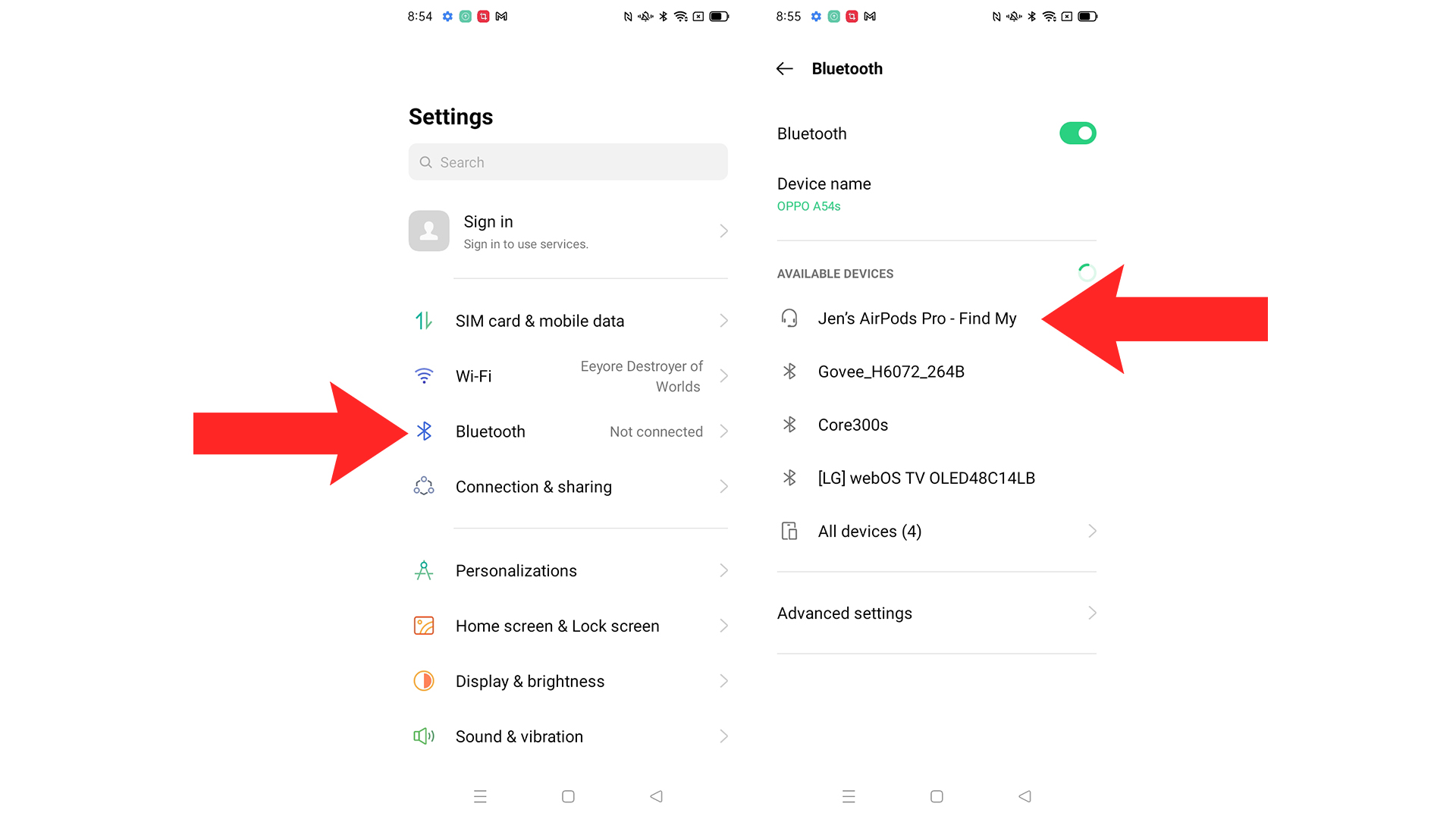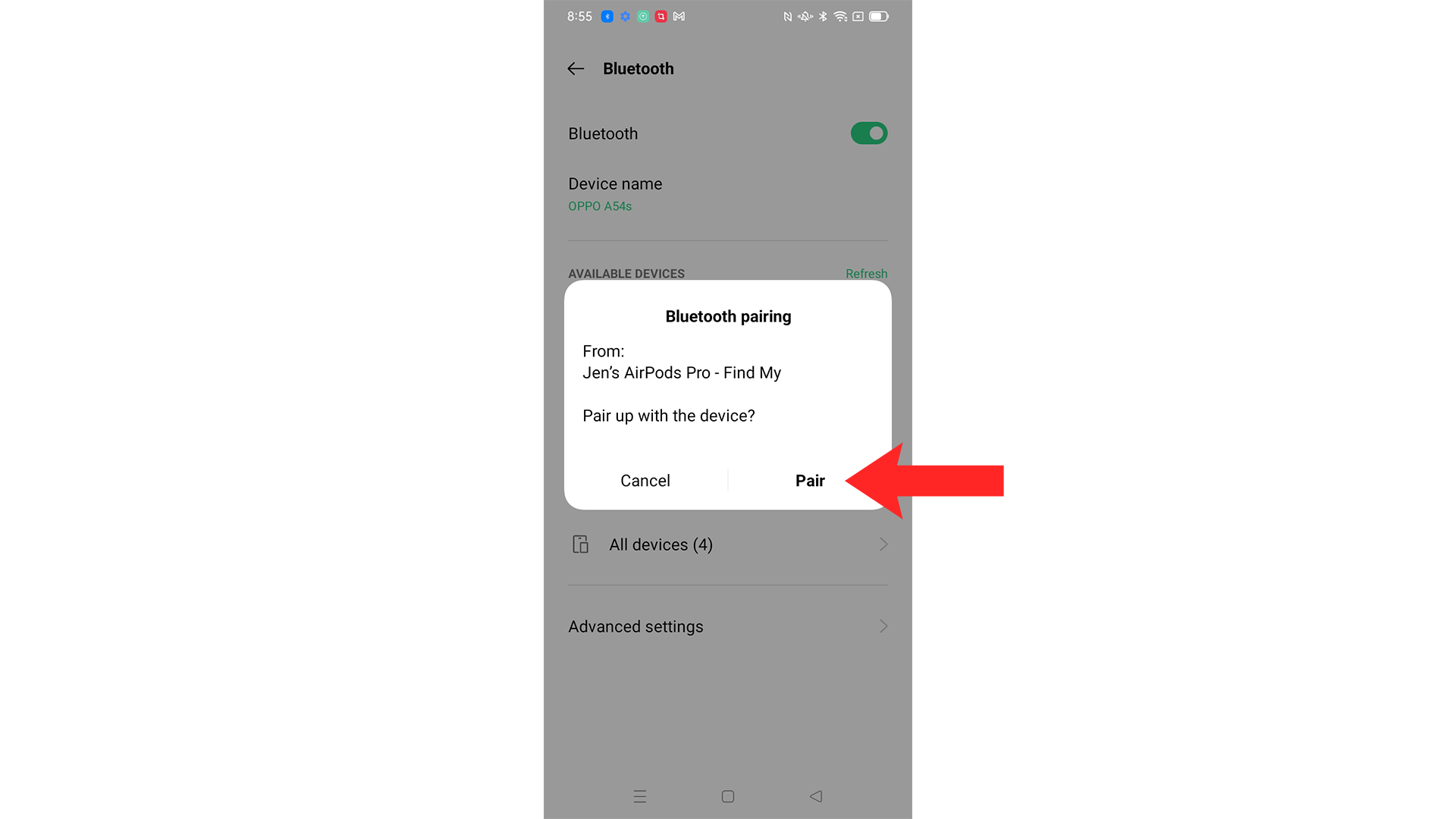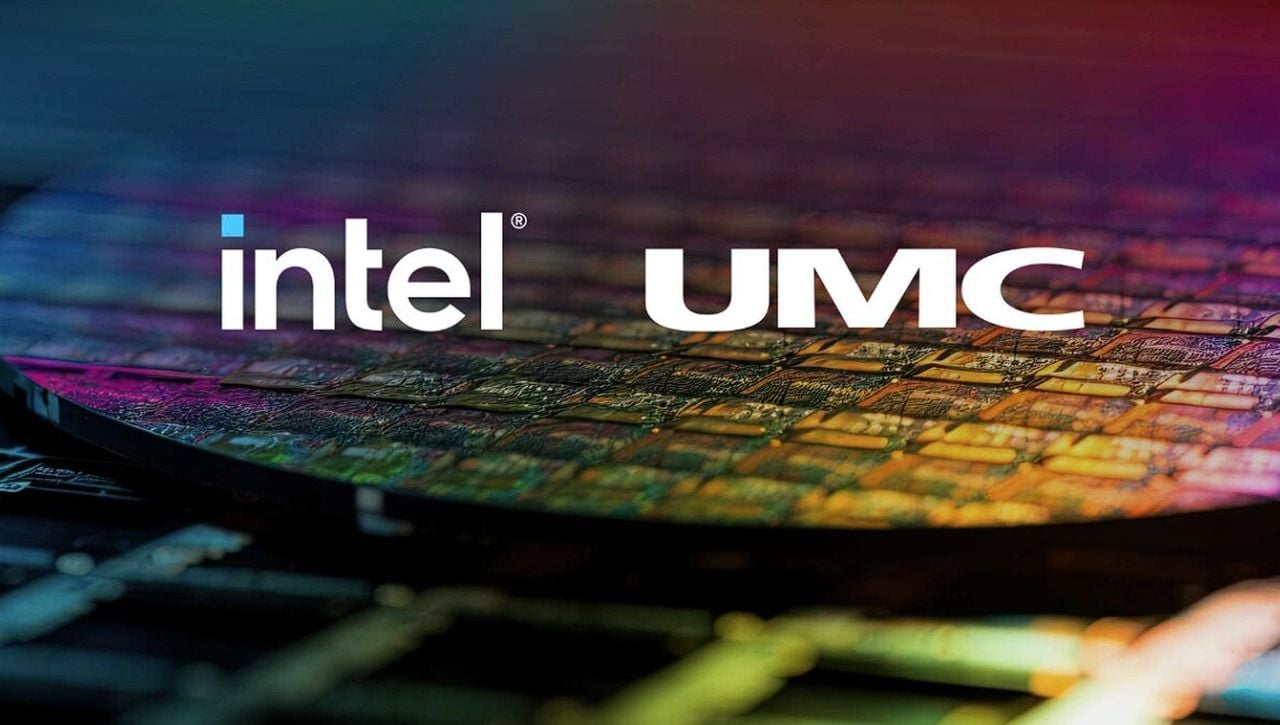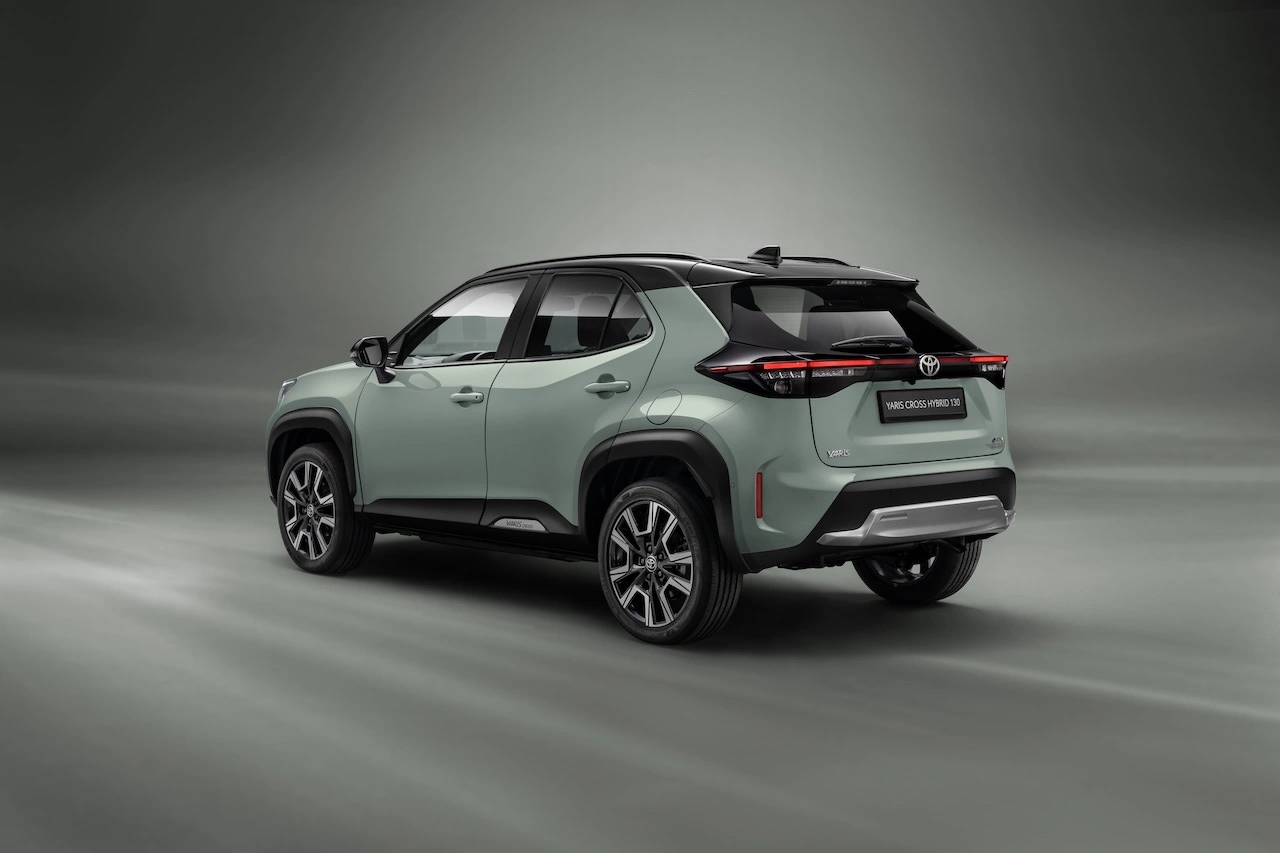
Imagine the convenience of being able to communicate in the most remote corners of the world, where traditional cellular or internet services are nonexistent. This is the vision behind the Meshtastic network, a low-power, long-range mesh network that operates independently of conventional communication infrastructure. By following this guide, you can set up your own Meshtastic network and maintain connectivity, no matter where your adventures take you.
Meshtastic is a project that enables you to use inexpensive LoRa radios as a long range off-grid communication platform in areas without existing or reliable communications infrastructure. This project is 100% community driven and open source!
In the world of communication, the ability to stay connected across vast distances without relying on traditional infrastructure is becoming increasingly important. Whether you’re an outdoor enthusiast, part of an emergency response team, or living in a community with limited access to standard communication networks, the combination of Meshtastic and LoRa technology offers a compelling solution. This open-source project is designed to facilitate long-range, off-the-grid messaging through a network that’s easy to set up and maintain.
At the heart of this system is LoRa technology, which stands for Long Range. It’s a wireless communication method that allows for messages to be sent over distances that can exceed 200 kilometers under the right conditions. The beauty of LoRa is its decentralized approach; you can connect directly with others in the network without the need for a central router, making it ideal for remote or rural areas.
How to join Meshtastic
When you combine LoRa with Meshtastic, you get a mesh network that’s capable of functioning independently of cellular phones and the internet. Meshtastic devices are designed to create a network that can relay messages from one device to another, effectively increasing the range and reliability of the network. These devices are not only capable of sending secure, encrypted messages but also have the added benefit of long battery life, which is crucial for prolonged use in the field. Additionally, they can support text messaging and may include GPS functionality to help with location tracking.
Setting up your Meshtastic network is a straightforward process. It begins with pairing your smartphone with Meshtastic radios. Once paired, you can communicate with specific devices within the network. The setup involves installing Meshtastic software on ESP32-based boards, and the instructions provided are clear and easy to follow.
To manage your network effectively, Meshtastic provides both a smartphone app and a web client. These management tools allow you to tweak settings, manage communication channels, and even connect to the internet through an MQTT server using your phone’s data connection. This level of control ensures that you can maintain a robust and efficient network.
How to set up a Meshtastic network
Here are some other articles you may find of interest on the subject of mesh networking for your home and business :
Before you start using your network, it’s important to select the appropriate communication channels. Meshtastic makes this process simple by using channels and profiles that can be shared easily through QR codes. You’ll need to ensure that you choose the right regional and frequency settings to comply with local regulations and to optimize the performance of your network.
To maximize the range of your network, it’s essential to establish line-of-sight connections between devices. You can further enhance the network’s reach by using routers or repeaters, which are best placed at elevated locations to cover more ground. The capabilities of your Meshtastic network can be expanded by connecting nodes to the internet via an MQTT server. This allows for a wider range of interactions, including the ability to join specific channels with other users. Additionally, you can equip nodes with various sensors to collect and transmit valuable data across the network.
One of the most exciting aspects of using Meshtastic is the potential for automation and data utilization. By integrating tools like Node-Red with your Meshtastic network, you can leverage sensor data for automation purposes. This is particularly useful for environmental monitoring or automating tasks based on sensor triggers.
Overall, setting up a Meshtastic and LoRa network is a smart choice for anyone in need of reliable communication in areas without conventional infrastructure. Its mesh networking capabilities, secure messaging, sensor integration, and automation potential make it a versatile and dependable platform for a wide range of applications. Whether you’re looking to stay connected during outdoor adventures, coordinate emergency response efforts, or simply provide a communication solution for a remote community, Meshtastic and LoRa technology offer a powerful and flexible solution. For more information jump over to the official webpage for more details.
Filed Under: Guides, Top News
Latest timeswonderful Deals
Disclosure: Some of our articles include affiliate links. If you buy something through one of these links, timeswonderful may earn an affiliate commission. Learn about our Disclosure Policy.














